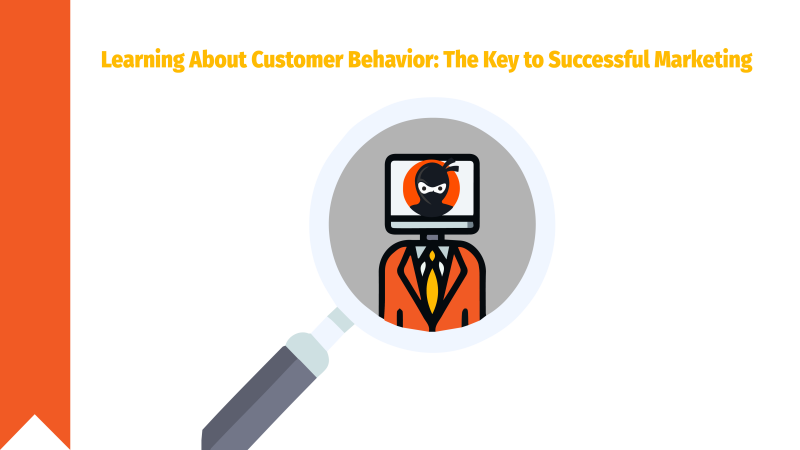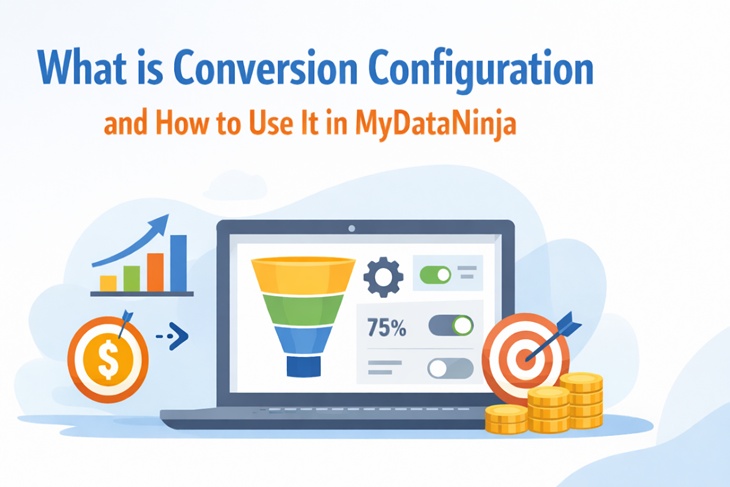
In today’s time, there is one thing clear: understanding your customer behavior is crucial for your business. Without a great understanding of your customers, all the marketing strategies and campaigns won’t help you hit the mark. So, let’s dive into why understanding customer behavior is your golden ticket to successful marketing and how you can use this knowledge to your advantage.
Why Understanding Customer Behavior Matters
As its core function, understanding customer behavior means getting inside the minds of your customers. It’s about understanding their needs, desires, and motivations. These insights enable you to create a better-suited marketing campaign. All this is to resonate and drive them to take action.
Here are some key points:
- Tailored Marketing Efforts – when you understand what drives your customers to purchase, you can tailor your Ads just for them. This personalization increases the relevance of your campaigns and boosts engagement rates.
- Improved Customer Retention – when you know your user’s moves, you can easily anticipate the next one, surprising and exciting them, leading to higher satisfaction and loyalty.
- Competitive Advantage – Businesses that understand and anticipate customer needs can outperform their competitors by providing superior products and services. This action gives you a leading point when it comes to your competition.

Key Aspects of Customer Behavior
A better understanding of customer behavior involves several key aspects:
Identifying Customer Needs and Wants
- Conducting market research, surveys, and data analysis can reveal valuable insights into what drives your customers’ choices.
- Segmenting your audience based on demographics, psychographics, behavior, age, gender, and geography allows for more precise targeting.
Understanding the Buying Process
- The buying process typically involves stages like awareness, consideration, and decision. Engaging customers at each stage with relevant content and offers is essential.
- Factors such as price, quality, brand reputation, emotional triggers, and overall satisfaction all influence purchasing decisions.
Psychological Factors
- Perception – How do customers see your brand and products? This perception can significantly impact their buying decisions.
- Motivation – Understanding what motivates your customers helps in creating compelling marketing messages. Try to create urgency or a need for your product.
- Learning and Experience – Previous interactions with your brand can shape future buying behavior. Always try to make your customer’s visits enjoyable.
Social Factors
- Cultural Influences – Cultural norms and values can affect consumer preferences.
- Social Class and Groups – Social groups and social status can impact purchasing decisions and brand loyalty.
Personal Factors
- Age and Life Cycle Stage – Different stages of life bring about unique consumer needs and behaviors.
- Lifestyle and Personality – These traits influence the types of products customers prefer. Try to have a wide variety of products for all kinds of people.
Behavioral Factors
- Usage Rate – Identifying heavy, medium, and light users helps in creating marketing efforts more effectively. Try to use segmenting when it comes to your customers.
- Brand Loyalty – Understanding what creates brand loyalty can help in keeping the customers.
- Benefits difference – Different customers seek unique benefits from the same product, guiding product positioning and marketing messages.
Technological and Digital Influences
- Online Behavior – Analyzing online behavior, such as search patterns and social media interactions, provides insights into customer preferences.
- E-commerce and Mobile Commerce – The rise of online shopping Requires understanding digital user experiences to optimize online presence.
Applying Customer Behavior Insights in Marketing Strategies

After gathering all the information and data from your customers, it’s time to put them into motion. This is how you apply your data to your marketing strategies.
- Personalized Marketing – use customer data to create personalized marketing campaigns, which talk to a specific group of customers, their needs, and preferences.
- Customer Journey Mapping – Identify key touchpoints in the customer journey where you can influence their decisions.
- Content Marketing – develop a content plan, that is personalized for all groups of users, meets their needs and interests, and keeps them engaged from the start to the end.
- Customer Feedback – Always listen to your customers, analyze their feedback, and try to match their needs. Let them know you hear them and care about them.
- Loyalty Programs – Implement programs that reward repeat customers and encourage brand loyalty. Try to create personalized gifts or discounts.
- Omni-Channel Approach – Ensure a smooth and consistent experience across all marketing channels, both online and offline.
In conclusion, understanding customer behavior is not a nice to have, it’s a must if you want to sell and grow your brand. By really diving into what drives your customers, you can create more effective marketing campaigns that not only attract new customers but also retain and engage existing ones. This leads to increased customer satisfaction, loyalty, and, ultimately, business success. So invest some time and money to do better research in understanding customer behavior and using it for your own good.
In terms of investing, you should 100% invest in MyDataNinja, it can help you gather and analyze the data, easily manage it, and store it safely. Join us, choose your preferred plan, and get a 7-day free trial.







